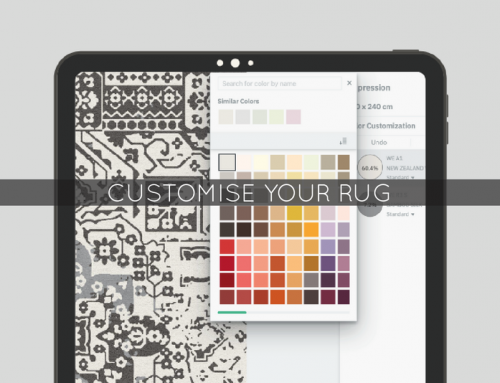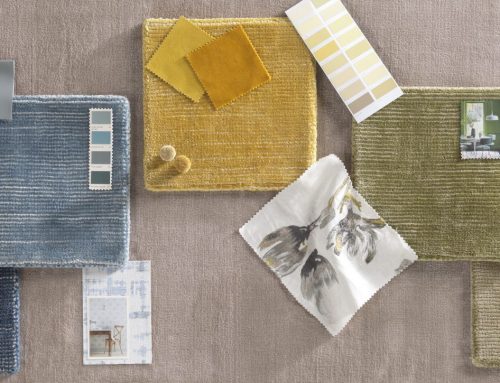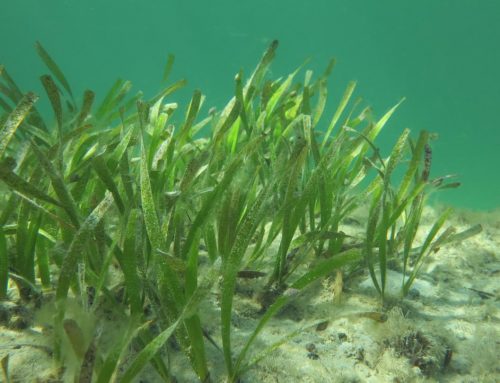Synthetics (nylon and polyester):
Nylon and polyester area rugs have very similar characteristics. A nylon area rug is more durable than polyester. But both come in all types of patterns, colours, they resist fading, staining, and both fibres are easy to clean and maintain.
Viscose: This synthetic fibre, also known as rayon, can be manufactured to have the lustre, look and feel of silk or wool. It sounds perfect, and it’s definitely affordable, but the fibre isn’t as durable or stain-resistant as you might like for a living room with heavy traffic.
Acrylic: If you choose a faux fur area rug or a synthetic hide, chances are it’s made from acrylic fibres. For example, a faux sheepskin area rug may be a blend of acrylic and polyester. Acrylic is washable though faux fur rugs may need to be hand-washed, and it’s also easy on the budget.
Polypropylene rugs (also known as olefin rugs) are designed to look like sisal, but they are actually made from synthetic fibres. Polypropylene — the main ingredient in the rug — is simply a polymer created from monomer propylene and is frequently used in packaging, labels, textiles, and reusable containers.
Polyester is a non-renewable fibre derived from petroleum. If you visit the market, you will find innumerable rugs made from this material. Some are even bound to catch your eye with their enchanting colours.
Pros and cons of synthetic (man made rugs)
Synthetic fibres: Acrylic, polyester, polypropylene –
Pros: Affordable, easy to clean, usually stain-resistant.
Cons: Can become contaminated with mildew and bacteria from repeated spills or pet accidents; may need replacing sooner than wool or natural fibre rugs.
Artificial silk: Viscose, bamboo silk, banana silk
Pros: Very affordable; busy patterns can conceal dirt.
Cons: Viscose is like an absorbent sponge—it not only attracts moisture and oil but even a plain water spill can ruin fibres



